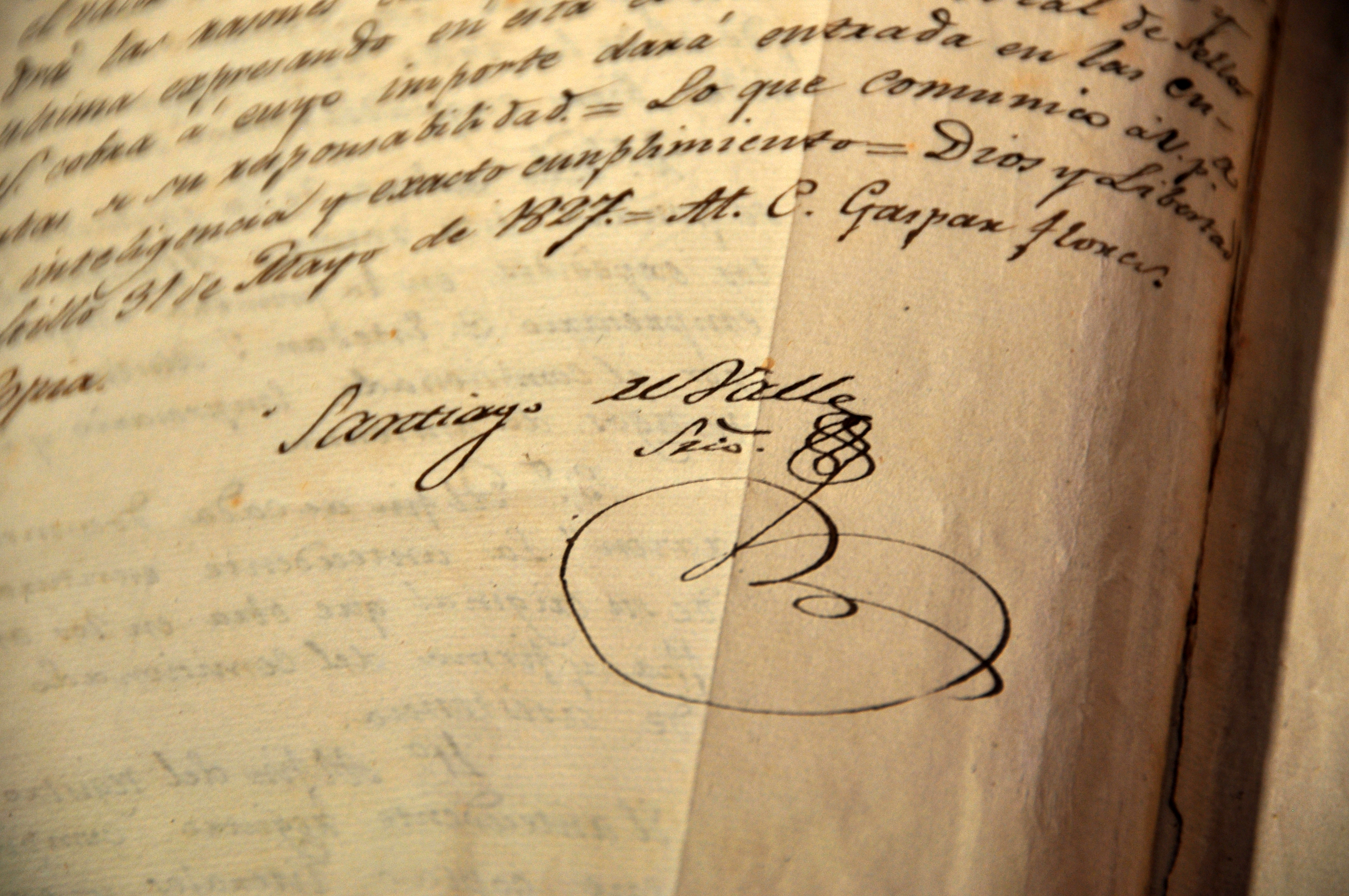County/Region:
Harris
Project Partner/Recipient:
Armand Bayou Nature Center
Summary:
County/Region:
Aransas
Project Partner/Recipient:
City of Rockport
Summary:
The City of Rockport restored and modernized the 12-year old Rockport Beach Park Bathhouse, and enhanced the aesthetics of the park.
County/Region:
Kleberg
Project Partner/Recipient:
Kleberg County
Summary:
Kleberg County renovated and expanded the Seawind Campground Recreation Hall and Bathhouse and constructed a new bathhouse at the Kaufer-Hubert Park.
County/Region:
Coastwide
Project Partner/Recipient:
Texas Historical Commission
Summary:
The Texas Historical Commission (THC) replaced the aging RV Anomaly with the purchase of a smaller vessel capable of meeting the requirements of THC's progressive marine archeology program.
County/Region:
Galveston
Project Partner/Recipient:
Rice University
Summary:
Rice University created an accessible, flexible and updatable GIS database and web-based graphical user interface that elected officials, emergency management officials, and the general public can use for predictive analysis and decision making.
County/Region:
Cameron
Project Partner/Recipient:
Texas A&M University - Kingsville
Summary:
Texas A&M University at Kingsville established plant repositories of native vegetation harvested from local dunes and assess dune integrity and vegetation development in Cameron County.
County/Region:
Harris
Project Partner/Recipient:
Galveston Bay Foundation
Summary:
Galveston Bay Foundation continuef to refine and expand the program through new partnerships, create new ways to collect shell and expand outreach to specific audiences tailored to the style and needs of each participating restaurant.
County/Region:
Upper Coast
Project Partner/Recipient:
Armand Bayou Nature Center
Summary:
The Armand Bayou Nature Center completed marsh restoration, propagated native prairie grasses and planted them during a community event, and completed restored prairie management.
County/Region:
Aransas
Project Partner/Recipient:
Save Cedar Bayou, Inc.
Summary:
Save Cedar Bayou, Inc. restored the historical hydraulic connection between the Gulf of Mexico, Mesquite, San Antonio, and Aransas Bay systems.
County/Region:
Aransas
Project Partner/Recipient:
Save Cedar Bayou, Inc.
Summary:
Save Cedar Bayou, Inc. completed preliminary engineering, environmental assessment, and permitting to restore the historic hydraulic connection between the Gulf of Mexico and Mesquite, San Antonio, and Aransas Bays.
County/Region:
Calhoun
Project Partner/Recipient:
Texas A&M University - AgriLife Extension Service
Summary:
Texas A&M AgriLife Extension Service developed a restoration plan for the degraded wetlands from Magnolia Beach to Indianola Beach in Calhoun County, Texas
County/Region:
Galveston
Project Partner/Recipient:
Texas A&M University - Engineering Experiment Station
Summary:
Texas Agricultural Experiment Station restored sea oats on Galveston Island and determined the importance of mycorrhizal fungi and a seaweed-containing organic fertilizer, to the re-introduction effort.
County/Region:
Calhoun
Project Partner/Recipient:
San Antonio Bay Partnership
Summary:
The San Antonio Bay Partnership restored a segment of Bill Day’s Reef, near Port O’Connor, to create a viable nesting site for American Oystercatchers.
County/Region:
Brazoria
Project Partner/Recipient:
Texas A&M University
Summary:
Texas A&M University – AgriLife initiated Phase I of the Slop Bowl Marsh restoration efforts by assessing the hydrological barriers leading to hypersalinity and marsh loss.
County/Region:
Lower Coast
Project Partner/Recipient:
Coastal Bend Bays & Estuaries Program
Summary:
The Coastal Bend Bays & Estuaries Program will work on three components related to rookery island enhancement: (1) management, (2) monitoring, and (3) restoration.
County/Region:
Galveston
Project Partner/Recipient:
Texas Parks and Wildlife Department (TPWD)
Summary:
This project restored 328 acres of marsh complex along the backside of West Galveston Island in the Galveston Island State Park and Jumbile Cove areas.
County/Region:
Nueces
Project Partner/Recipient:
Texas A&M University - Corpus Christi
Summary:
Texas A&M University - Corpus Christi will restore a comprehensive 30+ year dataset from the TCOON consisting of historical and current data along the entire Texas coast and develop automated tools for the purpose analyzing real-time TCOON data.
County/Region:
San Patricio
Project Partner/Recipient:
City of Ingleside
Summary:
The City of Ingleside constructed restroom facilities at Cove Harbor Park in Ingleside, Texas.
County/Region:
Kleberg
Project Partner/Recipient:
Kleberg County
Summary:
Kleberg County renovated the existing public fishing pier at Riviera Beach Park by replacing old 2" X 8" wooden planks and 2" X 6" wooden handrails and installed new electrical wiring and lighting at the 400' existing public fishing pier.
County/Region:
Aransas
Project Partner/Recipient:
Aransas County Navigation District (ACND)
Summary:
This project conducted a beach maintenance and monitoring plan project at Rockport Beach.








